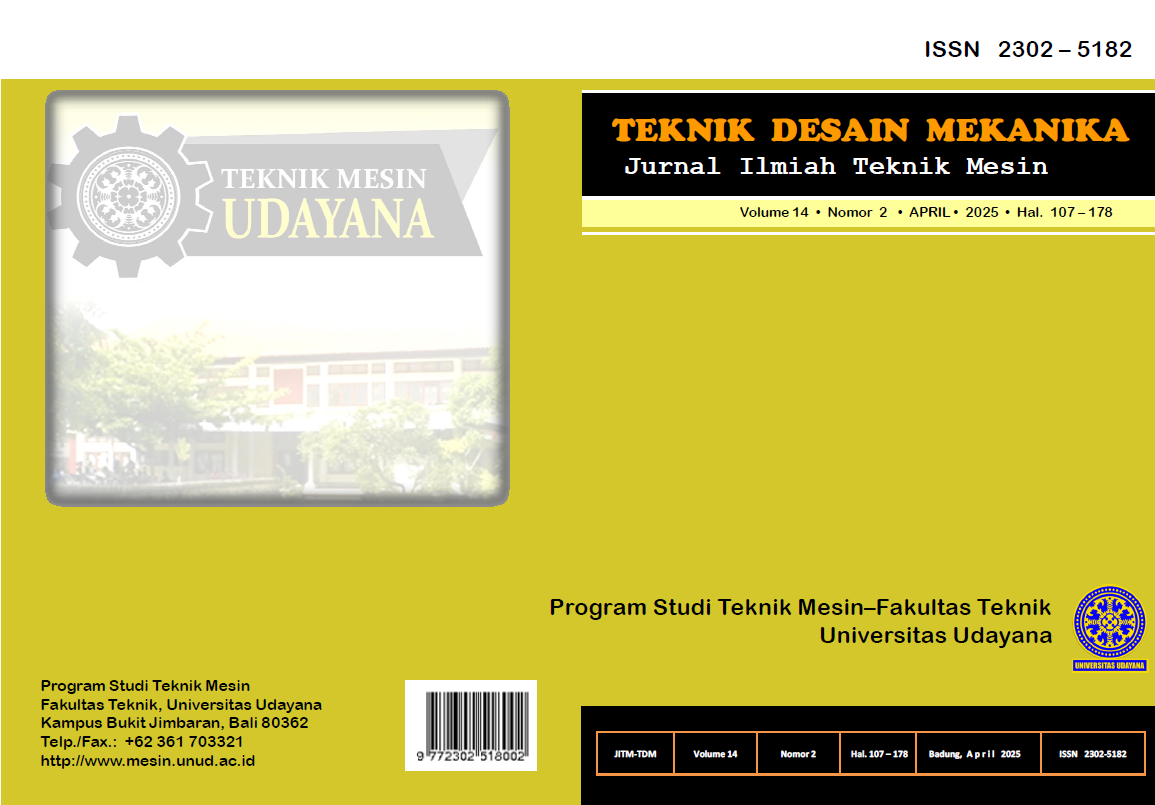Effect of Waste Composition and Moisture Content on the Characteristics of Refuse Derived Fuel (RDF) from Municipal Solid Waste (MSW)
Abstract
The increasing population will lead to an increase in the amount of waste as well as an increase in energy demand. The use of Refuse Derived Fuel (RDF) Municipal Solid Waste (MSW) as an alternative fuel is one way to meet the increasing energy needs. This study aims to analyze the effect of composition and moisture content on the characteristics of RDF produced MSW. The characteristics of MSW RDF are strongly influenced by fuel composition, moisture content, which both have an impact on the heating value produced, ash content, and temperature rise. To find out how much ash content, temperature rise, and energy is produced from testing urban waste converted into MSW RDF using TGA (Thermogravimetric Analysis), Bomb Calor, Fixed-Bed testing. The higher the organic matter contained in the fuel, the higher the ash content produced. The highest ash content was found in sample V1a with a composition of 95% organic, 5% plastic, and 20% moisture content with an ash mass of 18.5 grams. The increase in temperature is influenced by the composition and moisture content contained in MSW RDF. With a high organic composition and low moisture content tends to produce a higher temperature increase. If the water content in MSW RDF is high, it can reduce the combustion temperature because the energy used to evaporate water. The highest temperature increase in this study was found in sample V1c with 95% organic composition, 5% plastic, and 10% moisture content with the highest temperature of 960oC. The energy generated from testing the best MSW RDF is found in sample V3c with a composition of 90% organic, 10% plastic, and 10% moisture content with the energy produced of 1.304996 MJ or equivalent to 0.362499 KWh. The higher the organic composition in RDF and the lower the moisture content, the higher the energy produced.


